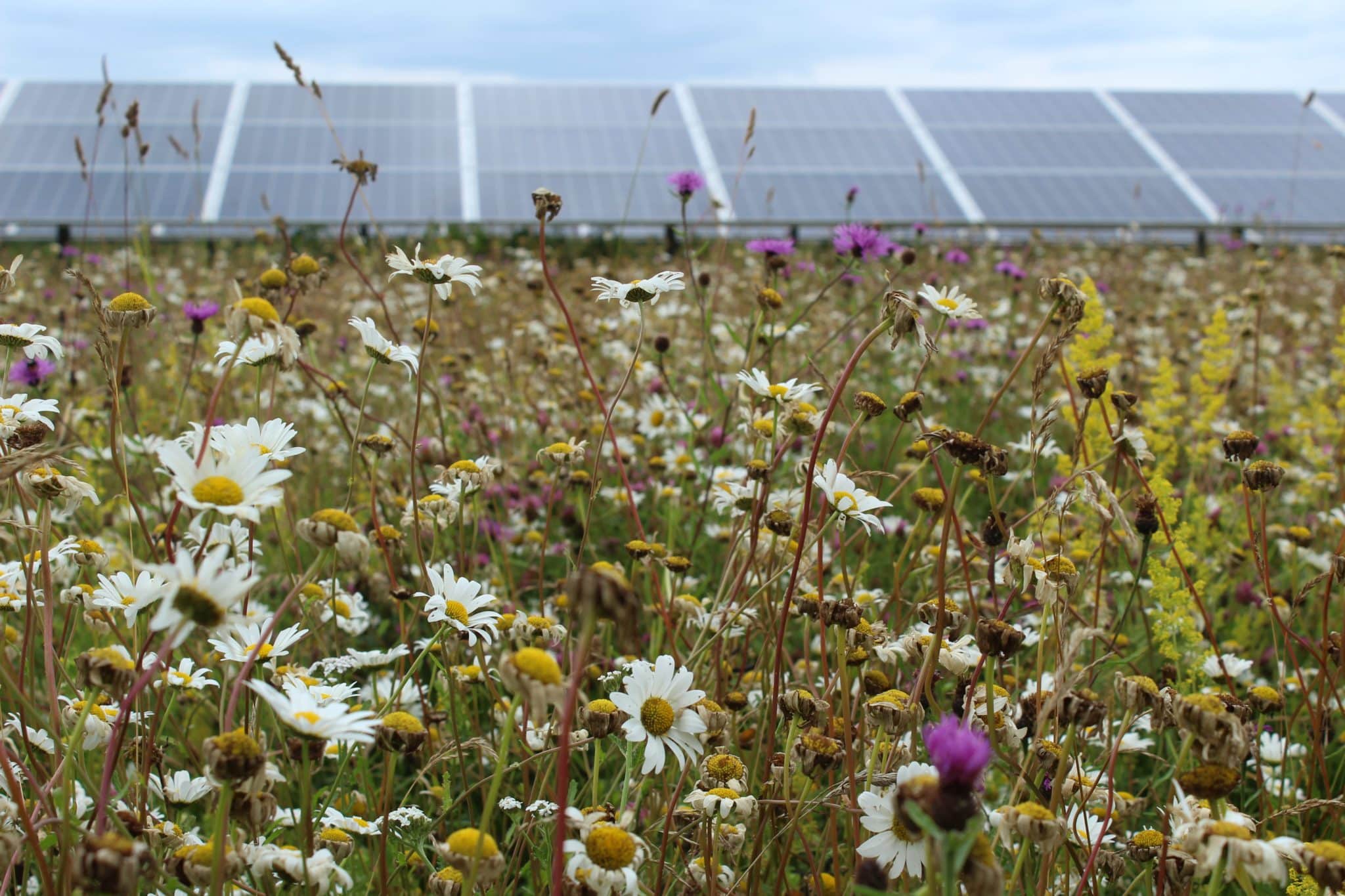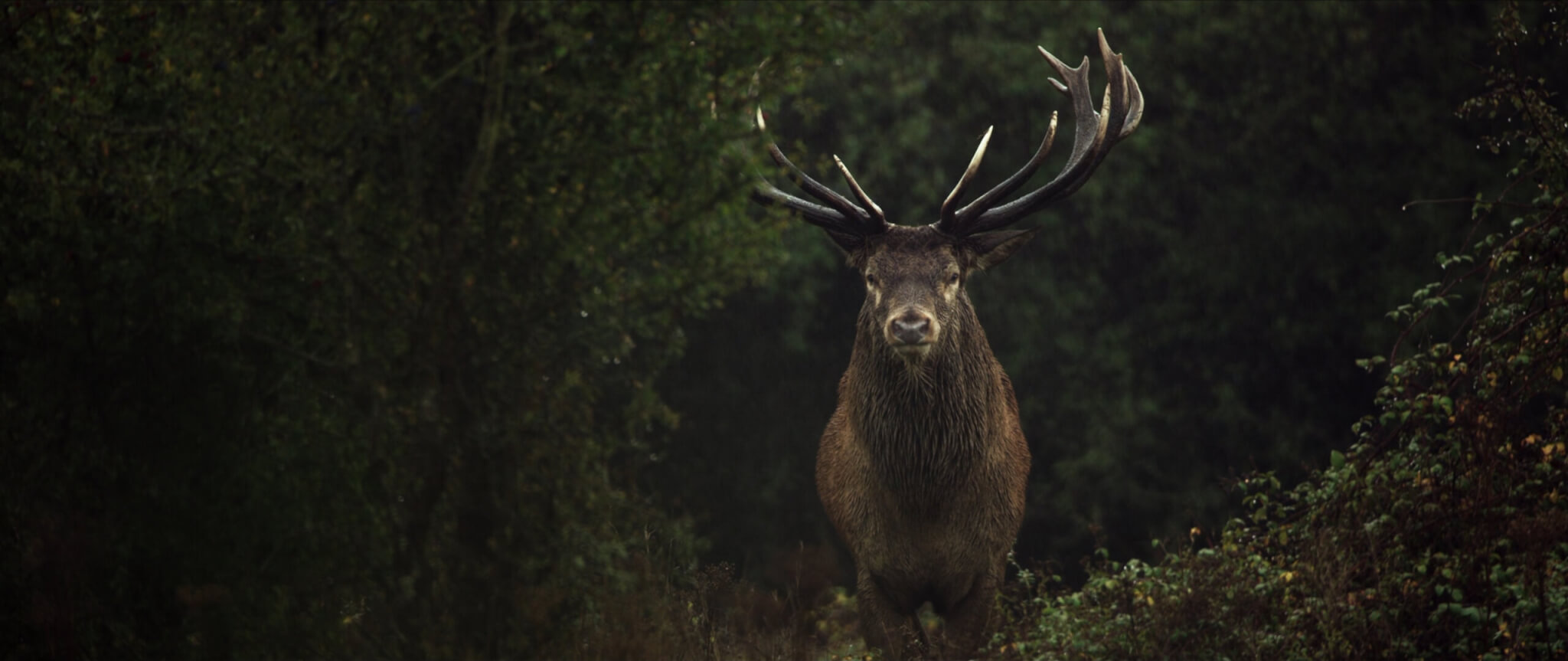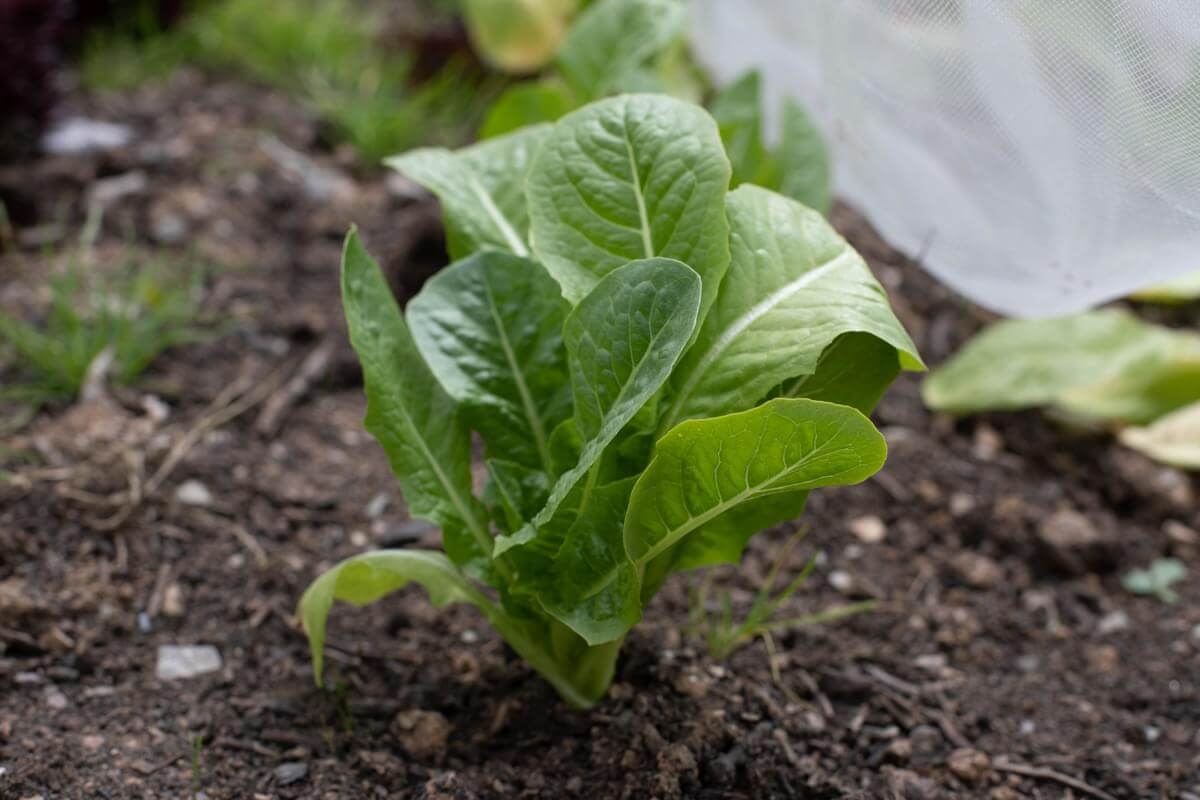A campaign wants to help citizens take back control of energy prices and address the climate crisis by setting up community-owned energy projects.
Inspired by traditional food allotments, a collaboration between community energy company Devon Energy and net zero expert Regen wants every parish in Devon to start their own renewable energy project. These so-called ‘power allotments’ will be owned by communities, generating an income and clean renewable energy for local people.
“If every parish in Devon hosted a five-acre solar farm, we could generate enough power for approximately a fifth of all the homes in the county,” said founder of Devon Energy, Als Parker.
The project’s new website helps identify plots of land in Devon that are suitable for solar or wind energy and are close enough to connect to the grid. And they also want Devon locals to submit potential sites. “We’re taking community energy to the next level, by getting the whole community involved in the site finding process,” said Power Allotments project manager, George Middlemiss.
“We will support communities to develop their projects, or we [Devon Energy] can develop them,” added Parker. The project will also include advice for citizens to enhance biodiversity on the sites.
As energy prices surge due to the war in Ukraine, and as fossil fuel companies profit from the crisis, this project could help to take back control of the energy supply and retain the economic benefits locally, said Parker, as well as fighting climate change by generating clean sources of energy.
For more information on how to get involved, click here to register for the free webinar on 27 September.
This article was originally published in the autumn print edition of Wicked Leeks. You can read the full magazine for free on Issuu.















This is a brilliant idea. Hope it spreads across the country!
Solar panels on land decrease photosynthesis with significant negative impacts on soil ecosystems and biodiversity see below https://iopscience.iop.org/article/10.1088/1748-9326/11/7/074016
Quote: “we measured soil and air microclimate, vegetation and greenhouse gas emissions for twelve months under photovoltaic (PV) arrays, in gaps between PV arrays and in control areas at a UK solar park sited on species-rich grassland. Our results show that the PV arrays caused seasonal and diurnal variation in air and soil microclimate. Specifically, during the summer we observed cooling, of up to 5.2 °C, and drying under the PV arrays compared with gap and control areas. In contrast, during the winter gap areas were up to 1.7 °C cooler compared with under the PV arrays and control areas. Further, the diurnal variation in both temperature and humidity during the summer was reduced under the PV arrays. We found microclimate and vegetation management explained differences in the above ground plant biomass and species diversity, with both lower under the PV arrays. Photosynthesis and net ecosystem exchange in spring and winter were also lower under the PV arrays, explained by microclimate, soil and vegetation metrics. “
Interesting! Where should we put them instead?
Similar work has been done in Australia. There they found that the panels acted like trees in moderating extremes of temperature, reducing loss of moisture to wind, and increasing precipitation because airborne moisture condensed on the panels and dripped onto the ground at the lower edge increasing the variability of vegetation & microclimate variation. I suspect that the design of the panel supports, particularly the height of the panels and the density of panels will have a significant impact on the results of studies like these. Panels that are mounted higher off the ground will create less variability in shade. Panel support frames with deeper foundations and more soil contact will tend to conduct heat better and more effectively moderate air and soil temperatures as deep rooted trees do. Large clusters of panels will create more shading and divert more rainfall than single lines of panels. And panel heights will affect the shade and wind protection to grazing animals thereby affecting their energy and water use. Obviously much more research work to be done. Although it amazes me that we are covering productive land with solar panels when there are still houses and commercial buildings without them. I suspect that buildings of the future will use solar panels of many different shapes, sizes, colours and finishes as the standard roofing and that anyone who builds a shed without using solar panels as roofing (whether new panels or recycled panels) will be considered a bit odd.
Could be interesting to see if solar panels worked for grazing animals in an era of climate change, and in need of shade? I agree, I do think there should be some regulation on what land is appropriate to build them, the last option being productive fields. Not sure about the cultural shift yet, but I’ve seen printed solar panels (almost paper thin) that can go on pretty much anything. If anything, I think this energy crisis might make that shift happen, maybe a bit like food waste in WW2 during the rationing period?